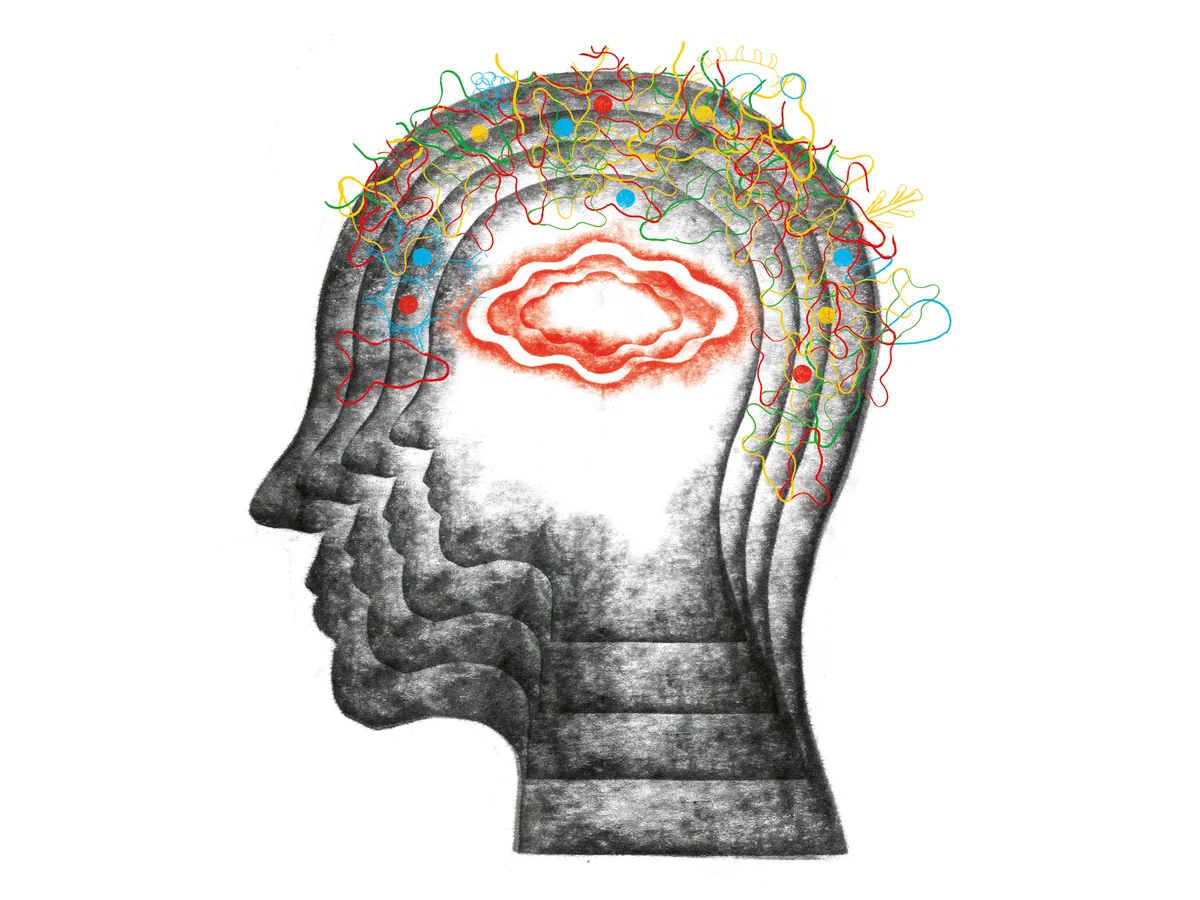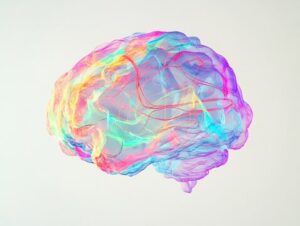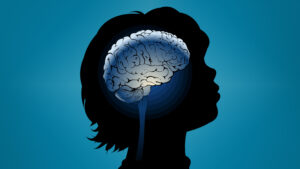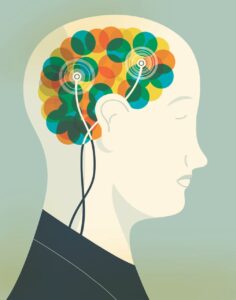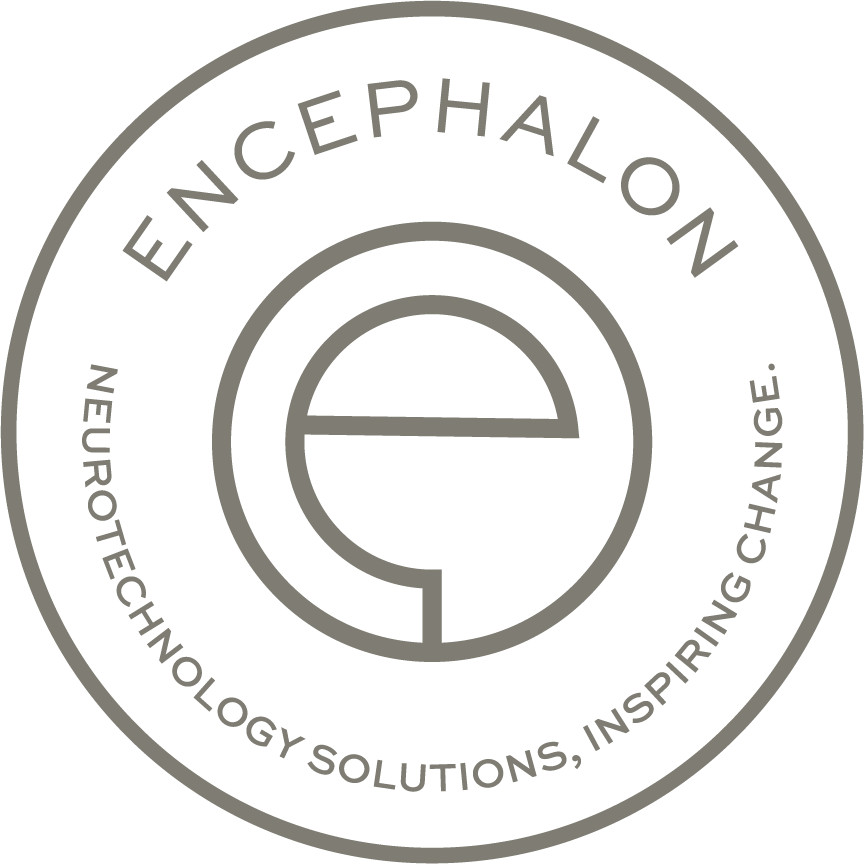Neurofeedback for Repetitive Behaviours in Autism: How It Works
By Kasia McCartney | Neurofeedback Practitioner & QEEG Analyst | PhD Candidate
Repetitive behaviours are a hallmark of Autism Spectrum Disorder (ASD), encompassing a range of actions from simple motor movements like hand-flapping to complex routines and rituals. These behaviours can serve various functions, such as self-soothing or coping with sensory overload. Recent advances in neuroscience have begun to unravel the neural mechanisms underlying these behaviours, offering insights into potential interventions. One such intervention is neurofeedback, a non-invasive technique that trains individuals to regulate their brain activity, potentially leading to improved behavioural outcomes.
Understanding Repetitive Behaviours in Autism
Research indicates that repetitive behaviours in ASD are linked to abnormalities in specific brain circuits, particularly the cortico-basal ganglia-thalamo-cortical loops. These circuits are involved in motor control, habit formation, and cognitive flexibility. Disruptions in these pathways can lead to difficulties in inhibiting repetitive actions and adapting to new situations.
Functional MRI (fMRI) studies have shown that individuals with ASD often exhibit atypical connectivity between the striatum and the cerebral cortex. This imbalance may contribute to the persistence of repetitive behaviours by impairing the brain’s ability to regulate and shift attention away from these actions. Additionally, alterations in neurotransmitter systems, such as dopamine and serotonin, have been implicated in the modulation of these behaviours.
Research shows that individuals with autism often experience:
- Atypical brain connectivity
- Impaired dopamine and serotonin regulation
- Difficulty with attention shifting
These neurological factors contribute to the persistence of repetitive behaviours.
What Is Neurofeedback?
Neurofeedback is a form of biofeedback that uses real-time displays of brain activity, most commonly via electroencephalography (EEG) to teach individuals how to self-regulate their brain function. By providing immediate feedback, individuals can learn to increase or decrease specific brainwave patterns associated with various cognitive and emotional states.
In the context of ASD, neurofeedback aims to normalise atypical brain activity and connectivity patterns. For instance, a study by Coben and Padolsky (2007) utilised connectivity-guided neurofeedback protocols tailored to the individual’s unique brain connectivity profiles. The results demonstrated significant improvements in functional connectivity and a 45% reduction in autistic symptoms, highlighting the potential of neurofeedback in ameliorating core features of ASD.
Through repeated sessions, clients learn to:
- Strengthen functional brain connections
- Improve emotional and sensory regulation
- Gain better control over attention and motor patterns
The improvements in brain connectivity observed through neurofeedback are not merely confined to neural metrics; they translate into tangible behavioural changes. Individuals undergoing neurofeedback have reported enhanced attention, reduced anxiety, improved social interactions, and a decrease in the frequency and intensity of repetitive behaviours. These changes can lead to better academic performance, increased independence, and an overall improvement in quality of life.
Moreover, neurofeedback is a non-invasive and drug-free intervention, making it an attractive option for individuals seeking alternatives to pharmacological treatments. It empowers individuals by involving them actively in their treatment process, fostering a sense of agency and self-efficacy.
Understanding the neural underpinnings of repetitive behaviours in autism has paved the way for targeted interventions like neurofeedback. By addressing the atypical brain connectivity associated with these behaviours, neurofeedback offers a promising avenue for reducing their occurrence and improving overall functioning. As research continues to evolve, integrating neurofeedback into comprehensive treatment plans could enhance outcomes for individuals with ASD, providing them with tools to navigate their environments more effectively.
Evidence Behind Neurofeedback for Autism
Numerous studies have shown the benefits of neurofeedback in ASD. For example:
- Coben & Padolsky (2007):
Reported a 45% reduction in autism symptoms using connectivity-guided neurofeedback. - Kouijzer et al. (2009):
Found significant improvements in executive functioning and behavioural flexibility in children with ASD. - Pineda et al. (2008):
Observed positive changes in brain activity and social behaviour after neurofeedback training.
Key Benefits of Neurofeedback for Repetitive Behaviours In Autism
Our clients at Encephalon have experienced:
- A noticeable reduction in repetitive behaviours
- Improved attention and focus
- Lower anxiety levels
- Enhanced communication and social engagement
Explore our Neurofeedback Services →
Call to Action
If you your child or a loved one is struggling with repetitive behaviours related to autism, neurofeedback could be the breakthrough you’ve been looking for. At Encephalon, we combine advanced brain mapping with expert care to support long-term transformation.
Book a free discovery call today to explore how we can help. You can read more on neurofeedback for Autism in our previous blog post – Unlocking the Potential of Exceptional Minds: Neurofeedback for Autism Spectrum Disorder
Edinburgh Clinic | Online Consultations Available
Get in Touch
References
- Coben, R., & Padolsky, I. (2007). Assessment-guided neurofeedback for autistic spectrum disorder. Journal of Neurotherapy, 11(1), 5–23.neurofeedbackclinic.ca+1nctneurofeedback.com+1
- Langen, M., Durston, S., Kas, M. J., van Engeland, H., & Staal, W. G. (2011). The neurobiology of repetitive behavior: …
- Thakkar, K. N., Polli, F. E., Joseph, R. M., Tuch, D. S., Hadjikhani, N., Barton, J. J., & Manoach, D. S. (2008). Response monitoring, repetitive behavior and anterior cingulate abnormalities in autism spectrum disorders (ASD). Brain, 131(9), 2464–2478.
- Pineda, J. A., Carrasco, K., Datko, M., Pillen, S., & Schalles, M. (2014). Neurofeedback training produces normalization in behavioral and electrophysiological measures of high-functioning autism. Philosophical Transactions of the Royal Society B: Biological Sciences, 369(1644), 20130183.
- Sokhadze, E., Cannon, R. L., & Casanova, M. F. (2008). EEG biofeedback treatment of children with autism spectrum disorder: Theoretical background and clinical outcomes. Applied Psychophysiology and Biofeedback, 33(1), 37–54.
- Coben, R., & Myers, T. E. (2010). Neurofeedback for autistic spectrum disorder: A review of the literature. Applied Psychophysiology and Biofeedback, 35(1), 83–105.Wikipedia
- Pineda, J. A., Brang, D., Hecht, E., Edwards, L., Carey, S., & Bacon, M. (2008). Positive behavioral and electrophysiological changes following neurofeedback training in children with autism. Research in Autism Spectrum Disorders, 2(3), 557–581.
- Kouijzer, M. E., de Moor, J. M., Gerrits, B. J., Congedo, M., & van Schie, H. T. (2009). Neurofeedback improves executive functioning in children with autism spectrum disorders. Research in Autism Spectrum Disorders, 3(1), 145–162.ScholarWorks
- Coben, R., & Padolsky, I. (2007). Assessment-guided neurofeedback for autistic spectrum disorder. Journal of Neurotherapy, 11(1), 5–23.neurofeedbackclinic.ca
- Coben, R., & Myers, T. E. (2010). Neurofeedback for autistic spectrum disorder: A review of the literature. Applied Psychophysiology and Biofeedback, 35(1), 83–105.
- Pineda, J. A., Brang, D., Hecht, E., Edwards, L., Carey, S., & Bacon, M. (2008). Positive behavioral and electrophysiological changes following neurofeedback training in children with autism. Research in Autism Spectrum Disorders, 2(3), 557–581.
- Kouijzer, M. E., de Moor, J. M., Gerrits, B. J., Congedo, M., & van Schie, H. T. (2009). Neurofeedback improves executive functioning in children with autism spectrum disorders. Research in Autism Spectrum Disorders, 3(1), 145–162.
- Coben, R., & Padolsky, I. (2007). Assessment-guided neurofeedback for autistic spectrum disorder. Journal of Neurotherapy, 11(1), 5–23.
- Coben, R., & Myers, T. E. (2010). Neurofeedback for autistic spectrum disorder: A review of the literature. Applied Psychophysiology and Biofeedback, 35(1), 83–105.
- Pineda, J. A., Brang, D., Hecht, E., Edwards, L., Carey, S., & Bacon, M. (2008). Positive behavioral and electrophysiological changes following neurofeedback training in children with autism. Research in Autism Spectrum Disorders, 2(3), 557–581.
- Kouijzer, M. E., de Moor, J. M., Gerrits, B. J., Congedo, M., & van Schie, H. T. (2009). Neurofeedback improves executive functioning in children with autism spectrum disorders. Research in Autism Spectrum Disorders, 3(1), 145–162.ScholarWorks
- Coben, R., & Padolsky, I. (2007). Assessment-guided neurofeedback for autistic spectrum disorder. Journal of Neurotherapy, 11(1), 5–23.neurofeedbackclinic.ca
- Coben, R., & Myers, T. E. (2010). Neurofeedback for autistic spectrum disorder: A review of the literature. Applied Psychophysiology and Biofeedback, 35(1), 83–105.Wikipedia
- Pineda, J. A., Brang, D., Hecht, E., Edwards, L., Carey, S., & Bacon, M. (2008). Positive behavioral and electrophysiological changes following neurofeedback training in children with autism. Research in Autism Spectrum Disorders, 2(3), 557–581.
- Kouijzer, M. E., de Moor, J. M., Gerrits, B. J., Congedo, M., & van Schie, H. T. (2009). Neurofeedback improves executive functioning in children with autism spectrum disorders. Research in Autism Spectrum Disorders, 3(1), 145–162.
- Coben, R., & Padolsky, I. (2007). Assessment-guided neurofeedback for autistic spectrum disorder. Journal of Neurotherapy, 11(1), 5–23.

